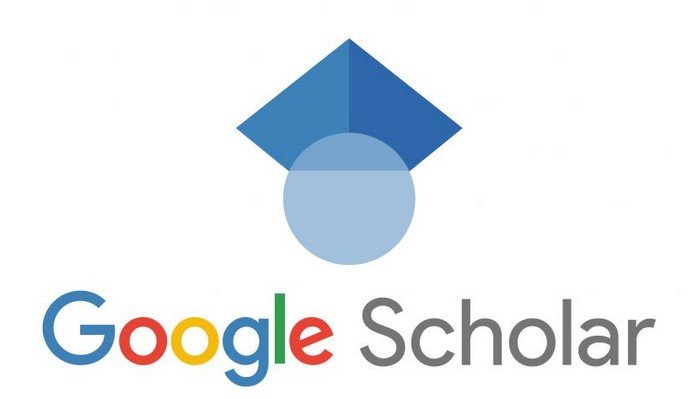Keywords
TESOL, teaching English, digital tools, ethnography, Japanese students, Japan.
Abstract
While there is increasing research on digital tools in education, few studies have examined how they might be used in TESOL in senior high school students in Japan. This ethnographic study aims to investigate how senior high school students in Japan use digital resources in English classes in the eikaiwa setting. The results show that although digital tools improve motivation and offer immediate feedback, they are not a complete substitute for traditional methods. Due to institutional and cultural learning expectations, students choose a hybrid approach, striking a balance between traditional methods and digital resources. Advanced linguistic growth is, however, constrained by issues like limited AI responses and a lack of adaptive scaffolding. The study emphasizes the necessity of digital tools integration that is pedagogically sound and compatible with cultural learning preferences and cognitive processes. Lastly, a well-rounded strategy that carefully combines digital and traditional approaches promotes a more successful and inclusive language learning environment. The study’s findings have implications for eikaiwa administrators, curriculum designers, educators, and legislators, providing methods to improve the incorporation of digital resources in TESOL while taking into account the unique requirements of senior high school students in Japan.


